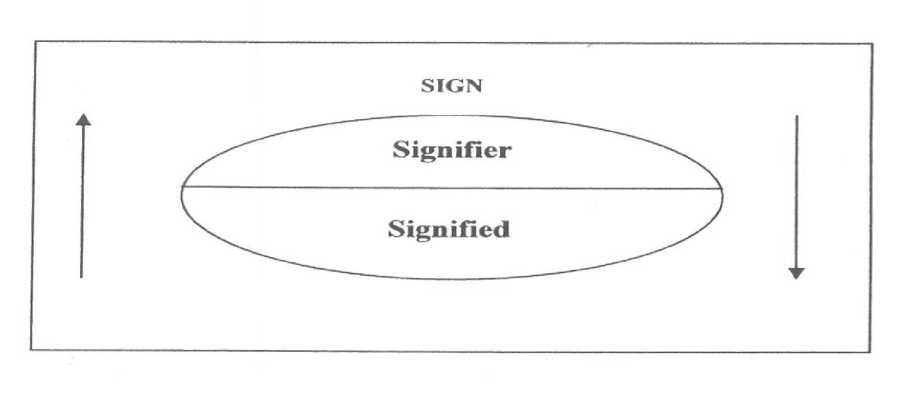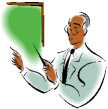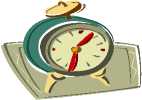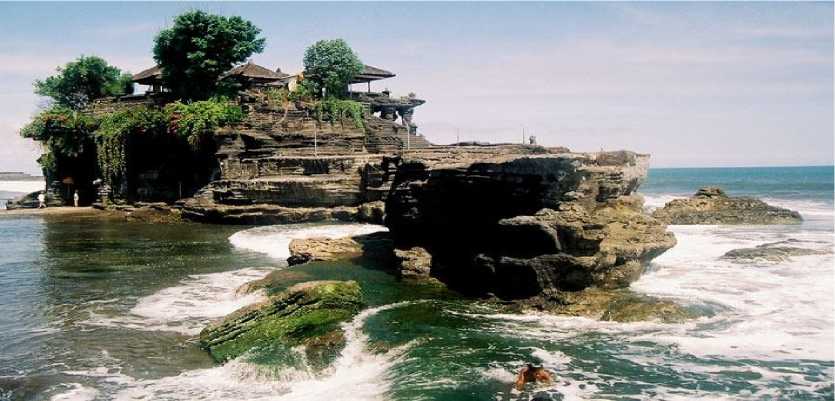SEMIOTIC ANALYSIS OF AERO TRAVEL BROCHURES
on
SEMIOTIC ANALYSIS OF AERO TRAVEL BROCHURES
Ni Putu Purnama Dewi
Jurusan Sastra Inggris Fakultas Sastra Unud
Abstrak :
Salah satu alat komunikasi dalam periklanan adalah brosur. Brosur digunakan sebagai perantara atau alat yang bertujuan dalam bidang komersial. Dimana tujuannnya untuk memuat hal – hal yang akan dipromosikan berupa selebaran. Brosur mempunyai stuktur katan dan gamabar didalamnya, sehingga pembaca tertarik dan mengerti untuk membaca. Ada beberapa teori yang digunakan dalam penulisan struktur teks dan gambar yang digunakan berdasarkan teori semiotik (Chandler, 2001;Semiotic for Beginner) dimana didalam bukunya disebutkan ada tiga hal yang berkaitan dengan tanda atau yang ditandai yaitu symbol, indek, dan ikon. Adapun teori periklanan (Dyer, 1986;Advertising as Communication) dimana menyebutkan bahwa harus adanya teks dan gambar untuk dipertimbangkan. Tulisan ini dimaksudkan untuk mengetahui sejauh mana teks dan gambar yang terkandung dalam brosur pariwisata dapat menarik wisatawan untuk melakukan aktifitas dan berlibur di Bali.
Kata kunci : Semiotik, teks, gambar, periklanan
Language is the important part of our life and we know until nowadays, English still becomes the first language in the world and it is used everywhere and in many sectors. One of those sectors is the tourism sector. In this sector, English has an economic function, one of them is an advertisement.
Advertisement is a form of communication which is delivered to the audience through media of communication such as television, radio, newspaper, magazines, direct mail, etc. To be effective, an advertisement must first attract attention and gain a person’s interest. There are two important signs that an advertisement must have ; there are visual and verbal signs. Visual signs are about pictures and verbal signs are about texts.
The language in the advertisement texts has different form of language we use in our everyday lives. It is usually informal; the sentences are short and simple; and containing interactive words. It is because of the commercial function of the
advertising language of which function is to send a message from the advertiser to the consumers to do something. In this study, I am interested in making a writing about travel brochures based on the semiotic theory. I found the brochures supported by beautiful visual signs. I focus my writing on the analysis of text structure on the verbal and visual signs in the travel’s brochures and also the messages conveyed by both verbal and visual sign in travel’s brochures.
The discussion in this study focuses on the presentations of the analysis of the verbal signs with text in the brochures structured and the visual signs also the messages are conveyed by both verbal and visual sign in Aero Travel’s brochures. For this writing takes tourism brochures from Aero Travel.
This study analyze about how is the text in Aero Travel’s Brochures structured and what the messages conveyed by both verbal and visual sign in Aero Travel’s brochures. This study analyze about how is the text in Aero Travel’s Brochures structured and what the messages conveyed by both verbal and visual sign in Aero Travel’s brochures. That means both verbal and visual sign are related. Visual sign used as the prominent sign of the advertisement and intend to attract the attention of the reader. This study was mainly aimed to describe the sign ( visual and verbal ) in the advertisement relating to the analyzing of its meanings and functions of language, and context of situation. It is found that some symbols are abbreviation, alphabetical letter, number, and mark.
The data for this study came from the brochures were taken from Aerotravel’s office. The content of the Brochures are : first brochure are Bali Tour Programs to the interesting place on Bali, the second brochure is about Rip Curl School of Surf and the last is Waterbom Bali brochure. In this study, the method that is used in collecting
the data is a Documentary method. The brochures were classified based on the composition of verbal and visual signs. Method and Technique of Analyzing Data also used in this study The collected data are descriptively and qualitatively analyzed based on the theories applied in this study. The verbal signs of the tourism brochures will be analyzed based on Dyer’s concepts and the visual signs of the brochures will be analyzed based on the semiotic theory by Chandler. These analyses are followed by discussions, which are presented following the analysis of the tourism brochures. These analyses are aimed to find out the relations between the verbal and visual signs.
Verbal signs in an advertisement are about texts. The texts in an advertisement explain the product and other terms which are supporting the product, for example the name of the product and the advantages of the product. Sometimes a text is hard to understand. In analyzing it, one person with the other can have different argument about it. Different people read and interest texts in ways, and it is possible to ask different groups of consumers how they interpret or understand a specific text.

A sign must have both a signifier and a signified. If we take a linguistic example, the word ‘closed’ ( when it is invested with the meaning by someone who encounters it on a shop doorway ) is a sign consisting of :
-
- A signifier : the word ( closed )
-
- A signified concept : that the shop is closed for business
Visual signs and advertisement can be defined as the pictures, which presented the kinds of the product, logo of company, etc. they have important role. Chandler (2001) explains the three modes of the relation between the signifier and the signified in the visual sign and they are :

Symbol/ symbolic : a mode in which the signifier does not resemble the
signified but which is fundamentally arbitrary or purely conventional so that the
relationship must be learnt: e.g. Numbers, Morse code, traffic light, national flags;

Icon/iconic : a mode in which the signifier is perceived as resembling or
imitating the signified (recognizably looking, sounding, feeling, tasting or smelling like it) –being similar in possessing some of its qualities : e.g. a portrait, a cartoon, a
scale-model, metaphors, realistic sounds, in program music, sound effects in radio
drama, a dubbed film soundtrack, imitative gestures.

Index/indexical : a mode in which the signifier is not arbitrary but is
directly connected in some way ( physically or causally) to the signified this link can be observed or inferred: e.g. natural signs (smoke, thunder, footprints, and echoes.)
In the tourism brochures, visual sign become the major focus. The pictures as the visual sign can describe the product, the benefit of the product and what people could do through the product. Through the visual sign the audience can understand the meaning of the tourism brochures easily. Person who perform at the tourism brochures has important role to makes the audience attracted to the brochures. In order to understand the meanings of an advertisement in this case a tourism brochure featuring human subject we need to delineate the principle visual communication means by which people communicate

This picture takes from the cover one of the brochures in Aero Travel. This means the advertiser wants to inform that Aero Travel attracts the readers not only to visit regency in Bali. The advertiser also wants to guarantee that the guests who came to the area will enjoy the beauty and calmness of the area. The visual signs in the front page of this brochure show the beautiful area which is called Tanah Lot. This brochure can attract the tourist to come and join the tours, in this brochure most of the pictures are the real situation that can be found in the area. If we look inside of the page we can see a attract pictures of Bali area. If we look inside of the page we can see a attract pictures of Bali area . For example on the right page we can see the waterfall its located at Singaraja North Coast Bali and the below picture we can see an activity of the Bali Age, the original Balinese, where within this jealously guarded, walled village. Life goes on according to their ancient customs and traditions. Its located at the village of Tenganan Karangasem regency. All the visual sign are match with the verbal sign and it’ make these brochures are so attractive for the tourist. Each brochure in this Travel has different pictures which are attractive picture so the readers can do something and understand between the texts and the pictures meant.
Based on the foregoing analysis and discussion , some points can be presented as conclusion. A brochure as one of the media of advertisement can give briefly
explanation about the services to the readers. It means that brochure can do its function as a commercial media. A brochure usually has five structural components, they are : Headline, Subhead, Body Copy, Signature Line, and Standing Details. All of these components are important. However, Headline and Signature Line whereas the slogan covered can be regarded as the most important part in a tourism brochure. They are usually written in a bold big lettering ; therefore they can gain and attract the readers’ attention. The verbal sign function to attract more the readers and convince them to buy the product. The verbal sign send message to the readers through words.
Tourism brochures always give a real view of the view of the services that are advertised, such as the brochures of Aero Travel’s shows the readers the situation of the village on Bali, some activities they can join there and also water game which can interesting for visitor to come. The visual signs send messages through the pictures that help the readers to understand the messages through the pictures that help the readers to understand the message of a tourism brochure.
References
Chandler, Daniel.2001. Semiotic for Beginners.WWW. Document
Claire, Alexander.1998. A Semantic Analysis of Magazines Adsfor Men Fragnances.WWW.Document : Routledge
Coulthard, M. (Ed.).1994. Advance In Written Text Analysis. London : Routledge
Dyer, G. 1986. Advertising as Communication. London : Methuen & Co. Ltd.
Gillen, Sean. 2001. Myth Mythology and Hidden Meaning : Semiotic Research in Leisure and Tourism-The Perspective of The Informed Tourist. Lancaster : Lancaster University.
Leech, Geoffrey. 1981. Semantics : The Study of Meaning Second Edition. Middlesex : Penguin Books Ltd.
Leiss. W . et al. 1986. Social Communication in Advertising. London: Methuen & Co. Ltd.
Leewis, G. and Slade. C 1994. Critical Communication. Canberra; Prentice Hall.
Lyons, J. 1995. Linguistic Semantics An Introduction. Cambridge University Press.
Lyons,J. 1977. Semantics. Cambridge : Cambridge : University Press.
7
Discussion and feedback